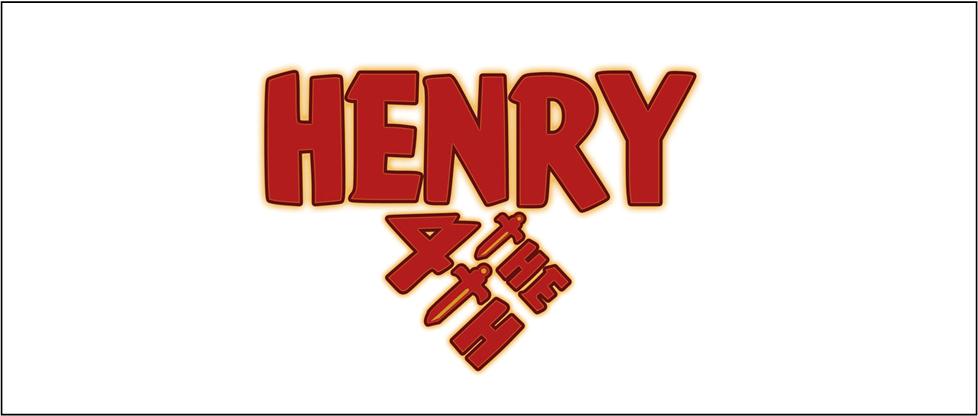
Presented by Theater@First
A New Adaption of William Shakespeare’s Histories
Directed by Shelley MacAskill
August 21st – 30th
Unity Somerville
6 William Street, Somerville
Theatre@First on Facebook
Review by Danielle Rosvally
(Somerville) Shakespeare’s histories can be problematic to bring to the stage. In these plays, the usual issues of Shakespearean verse and thick language are compounded with cinematic scope, characters sometimes too big to be readily believable, and all kinds of crazy epic battle scenes. Compounding two histories into one doubles the trouble. Henry the 4th is a conflation of the two parts of Henry IV relying mostly upon part 1 with some of the more salient and dramatic moments of part 2 tacked onto the play’s end.
Let’s start with what worked: there are some incredible performances in this production. Mike Haddad’s King Henry has weight and gravitas and a voice not to be believed. Mary Parker is a regular scene-stealer as the weak-witted Bardolph; she’s never not doing something that’s just utterly engaging and entertaining. Ari Herbstman’s Hotspur is simply electrifying; a high-octane performance that brings the part’s guiding metaphor into stark relief against the dismal backdrop of war.
These actors were quite thrilling to watch and I would have enjoyed the piece much more if it had featured more of them acting and less staring in awkward silence at overly long and complicated scene changes. The production ran a lofty three hours in two ninety-minute parts with one fifteen-minute intermission and, while perhaps this isn’t an unfair time dedication for an evening of Shakespeare, far too much of this time was devoted to blackouts inserted at every single scenic division in the text. Unfortunately, what this did was completely bottom out the energy of every scene. Each time the actors managed to rally and muster the force of the show back onto its feet, another lengthy and unnecessary blackout completely undermined their efforts.
One directing-related quirk which could have ironed out the evening is a better conception of soliloquy. As a dramatic device, these moments were built to allow an audience a window into the mind and viewpoint of a character. The actors in this production seem to have been directed to wander aimlessly about the stage during their soliloquies, talking to themselves rather than the audience, and preserving the far-too-modern concession of the fourth wall. This did not allow us as audience members a window into the character’s minds so much as make us feel uncomfortable that we were probably watching certifiably crazy people who had regular habits of speaking to themselves aloud when occupying empty rooms. The strength of the performances would have come through much more clearly with the simply adjustment of speaking directly to the audience in these moments.
Hal (Jared Hite) is extremely tough (and sometimes downright cruel) on Falstaff (Melissa Ehlers). The terms of their relationship are not explained to the audience. Without some underlying sense of familial care between the two, their relationship comes across as abrasive and wandering. We as an audience weren’t given opportunity to understand this pair’s relationship, or whether there was any sort of caring between them. All we saw was the cruelty which made Hal into an unsympathetic figure, and Falstaff into a masochistic one.
Returning to the good bits, the shabby chic lighting matched the evenings’ vintage theme nicely. I appreciated the feel of otherworldly luminosity that the string of ceiling-mounted bare-bulbs created in what was otherwise a fairly nondescript church basement. The modernization to a WWII era worked quite well for me, and the costumes were well put together and thoughtful. The visual elements of the production certainly conjured a distinct feeling for the era in which the play had been reset. On that front, it was actually quite striking and extremely well done.
So it’s not that I wanted to see less of the show (I actually could have stood to see more of the actors acting), it’s just that I wanted to see less of nothing within the show. If the piece could be made to really drive and the blackout pauses could be removed, it would be a very enjoyable (and much more manageably timed) production. As it stands, it’s an evening’s commitment one might go to to search for diamonds in the rough. You will find them; but definitely ask yourself if you’re willing to endure three hours on cramped metal chairs to glory in their splendor.
